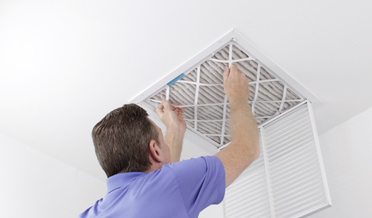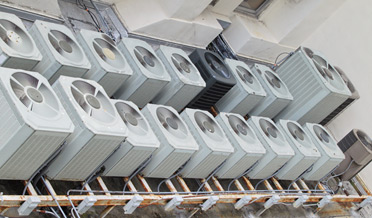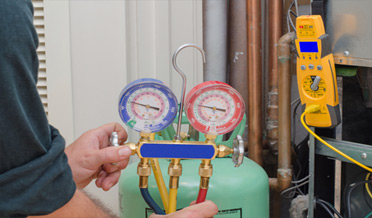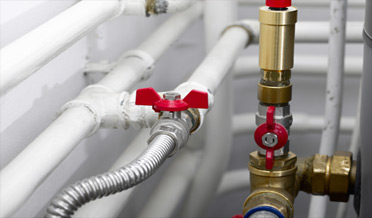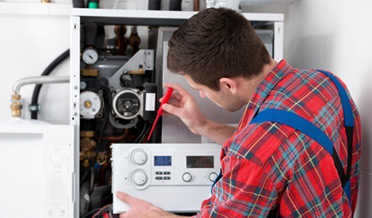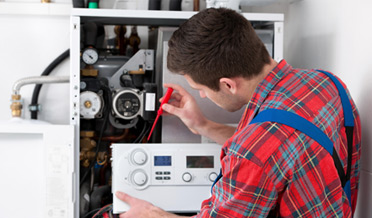Six Steps to Energy Saving in Your Commercial Building
As a business owner or property manager, one of the wisest moves to boost your bottom line is to improve your Energy Efficient Commercial HVAC System and trim waste. One of the largest monthly bills for your building is the electric bill. Therefore, an important budget saver is exploring ways to reduce energy consumption building-wide.
Reducing your electric bill is not only a wise budget move but also helps the environment by reducing the carbon footprint—a wise move for the future. Explore your building and determine whether these 6 tips will save energy and reduce costs in your commercial property.
Evaluate the lighting system throughout the building.
If the lighting in your commercial building has not to be inspected in several years, start there. Reflect on how many lights are needed to illuminate each room properly. Do you have the latest and most efficient lights available? Now consider some measures to reduce the use of electricity with every light. Upgrading lighting will lead to very effective cost savings over a short period of time.
- Upgrade light bulbs. If you still use fluorescent bulbs, new high-efficiency LED bulbs use at least 60% less energy and produce better, brighter light. In addition, new LED bulbs last 50,000 to 100,000 hours, compared to about 10,000 hours for fluorescent bulbs.LED bulbs also reduce maintenance costs, as the bulbs need to be changed less frequently. The cost savings will multiply if you are using incandescent bulbs. Often electric utility companies have financial incentives to help offset the cost of bulb replacement. Check into it.
- Another cost-saving measure is to install motion-sensing switches, especially in rooms that are not in constant use, such as closets, restrooms, conference rooms, and break rooms.Sensors detect movement to ensure lights will be on when needed and turn off when the room is vacant. Over time, motion detecting lights will save up to 80% of electricity for those rooms.
Update and Maintain an Energy-Efficient Commercial HVAC System
Schedule an annual preventative maintenance service for HVAC systems to ensure they operate at peak capacity. Dirty and poorly maintained systems work harder and cost more. A clean system will also give occupants cleaner air, comfortable work, and an Energy Efficient Commercial HVAC system.
Avoid the Office Thermostat Wars
When many people work together, and since each person is different, someone is always too hot or too cold. Changing the thermostat often increases the cost of heating and cooling the building, while a fairly constant temperature saves energy and is comfortable for most people.
A simple choice is to install energy-efficient programmable thermostats throughout the building. The thermostat can be programmed to reduce heating and AC costs when the building is not in use and maintain the appropriate temp for a work environment.
Encourage employees who are too hot to bring a small fan for their workspace and employees who are too cold to bring a sweater. Make sure to minimize heating and AC to unused spaces.
Use the Power Management Settings on Office Equipment
Unused electronics, including computers, printers, and chargers are still using electricity even when not in use. Make sure clients and users have power-saving settings activated on electronics for the most energy-efficient office available. If you see screensavers on inactive monitors and computers, or operating lights on printers, the setting is incorrect.
While the power management setting is simple to activate, it may take some vigilance to maintain the cost savings because the controls can be reset or overridden by individual users. A reminder for IT professionals to check the settings on a regular basis may help ensure energy savings over the long term.
Update Data Storage
Recent technological advancements in cloud hosting of data encourage some property managers to investigate whether onsite server rooms are necessary or not. A dedicated space for energy-gobbling server equipment with upgraded cooling is quite expensive.
Offsite cloud storage might be advantageous for your building. Even if you are not prepared to make such a dramatic change, consult your IT manager for Energy Efficient Commercial HVAC options, such as improved air-flow management.
Conduct An Energy Audit for a better Energy Efficient Commercial HVAC System
Your commercial electrical contractor can inspect your building with you to uncover these energy-saving opportunities and more. Each office has unique features and needs, so the best approach is to complete an energy audit together.
A customized plan will give you the optimal energy use plan, lowering energy bills and reducing your environmental impact. An electrical contractor can also educate you about financial incentives for energy reduction measures.
Want more information about an Energy Efficient Commercial HVAC?
For more information about R.M. Mullinix or Energy Efficient Commercial HVAC, schedule an appointment, or visit our HVAC installation information page.


